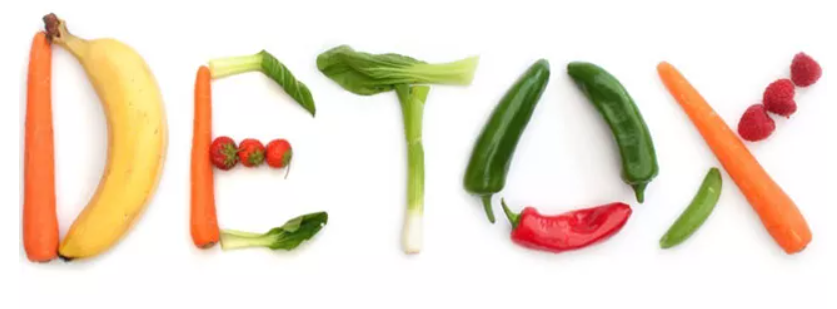Nowadays, the food, water, and air we come into contact with every day are contaminated with various toxins and chemicals.
Our bodies are further burdened by a sedentary lifestyle and unhealthy eating habits, which lead to low energy, headaches, lack of concentration, back and limb pain, discomfort, frequent colds, allergies, and more. The list of complaints can be long, with symptoms changing depending on our emotional and physical condition at the moment.
One of the best and proven ways to maintain good health and a strong immune system in these modern conditions is through a detox diet.
But what exactly is it? Every form of detox involves some selection (or restriction) of the food one consumes in order to support the elimination of toxins and excess substances from the body. Detoxification purifies key organs such as the liver, intestines, blood, skin, lungs, and lymphatic system.
These internal systems are responsible for maintaining the acid-alkaline balance in the body, nutrient absorption, and elimination of waste products. Their cleansing leads to restored vitality and balance, improved immunity, sharper focus, and greater resistance to harmful external influences and illness in general. Below are several popular ways to detox the body through food:
Veganism: 1 to 3 weeks
The daily menu consists solely of plant-based foods, with more than 50% ideally consumed raw. This can include juices, smoothies, fruits, vegetables, sprouts, salads, steamed vegetables, gluten-free grains, and legumes. It's important to drink enough water (at least 1.5 liters per day), and fat and salt intake is reduced to a minimum.
Raw food diet: 1 to 3 weeks
Know any raw food eaters other than the cows in the village? Only raw foods are allowed – juices, smoothies, fruits, vegetables, sprouts, salads, seeds, and nuts (up to 30g per day). Again, drink plenty of water, but not immediately before or after meals. All oils and high-heat cooking are completely excluded.
Juice, fruit, and leafy greens detox: 1 to 3 weeks
The daily menu consists entirely of raw fruits and vegetables: juices, smoothies, fruits, and leafy greens like spinach and nettle. Salt and fats of any kind are excluded. This, and any other healthy cleansing diet, will be even more effective when combined with practices such as yoga and meditation, which support emotional and physical balance.
Fruit-only detox: 1 to 2 weeks
The fruits you choose should be in season. For example, June is suitable for detoxing with cherries, August with watermelon, October with apples, and so on. For best results, the fruit should be chewed slowly and thoroughly, so that the digestive enzymes in the mouth are properly activated.
Juice detox: 7 to 10 days
The daily menu includes juices made from fruits and leafy green vegetables. Their healing power is well-documented, and there are many reports of people who have healed themselves through such cleansing. Herbal teas are not excluded – in fact, they can contribute to even better results.
Water detox: 1 to 3 days
This type of cleanse should only be practiced under medical supervision and/or the guidance of a nutritional therapist. It is suitable for shorter durations and can be done at home. Water, together with conscious breathing, is the most powerful tool for eliminating unnecessary chemicals and toxins from the body. The recommended daily intake depends on body weight, but generally averages around 2.5 liters. The water should be spring or boiled, and not cold.
When choosing a detox diet, it's best to consult a specialist
who can consider your individual health condition and design a plan that works for you. Dr. Avishek Mishra is an Ayurvedic doctor from India with years of experience in pulse diagnosis and treatment based on the holistic system of Ayurveda, using diet, herbal supplements, and a healthy lifestyle. You can view his schedule and book a session for a pulse diagnosis.
cleansing
detox
yoga and Ayurveda
yoga and nutrition






